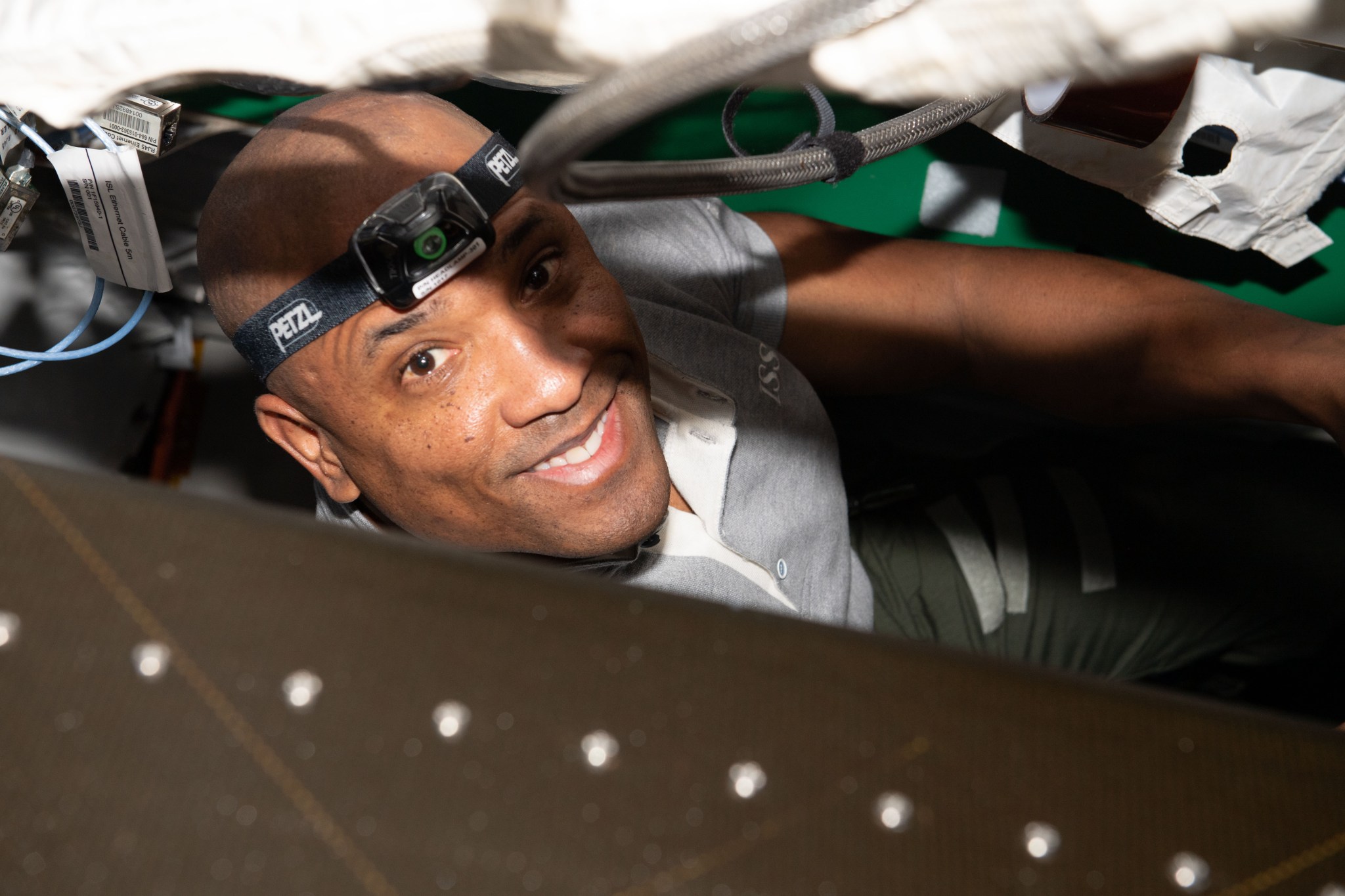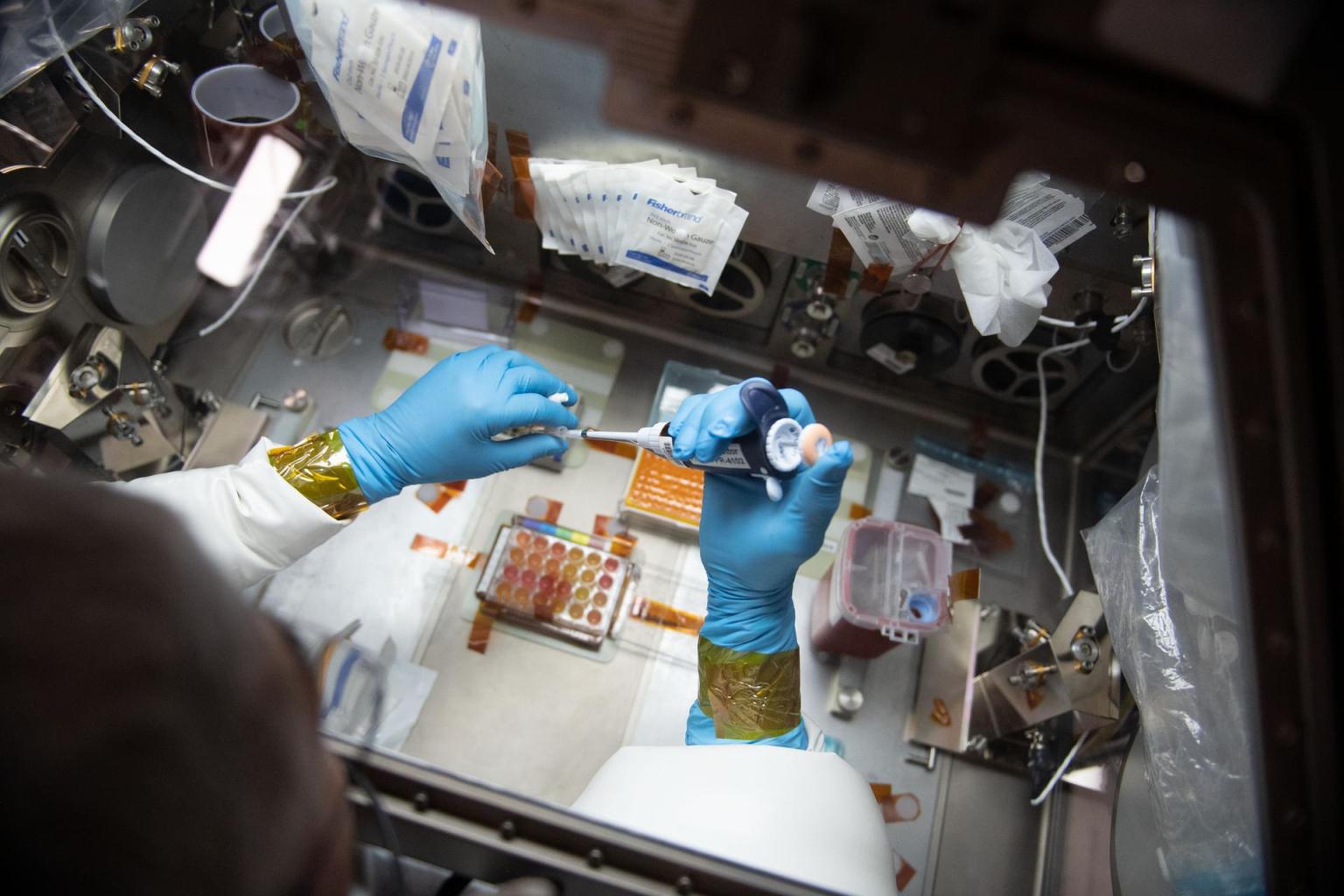For NASA astronaut Victor Glover, potential benefits for people on Earth are one of the most important aspects of research and technology demonstrations conducted on station.
“We astronauts give constant feedback to investigators and developers,” he says. “It is not just a piece of technology; it is a piece of technology that will be used by someone. How we humans interact with it is a valuable part of the learning. Everything we do has applications on Earth.”
For example, Glover’s work on advanced mobility for robots on the space station could enable reconnaissance drones to reach places they previously could not. Technologies developed to protect astronauts from radiation in space also could protect people in medical settings, first response to disasters, and the nuclear industry on the ground.
Cardiovector, a State Space Corporation ROSCOSMOS (ROSCOSMOS) investigation of cardiovascular system adaptations in microgravity, employs a unique device to capture central pressure and blood flow velocities in cosmonaut aorta. The device has been employed on the station for several years and may have wide applications in assessing cardiovascular health on Earth.
A Canadian company called Hexoskin, which helped develop a material used for the CSA Bio-Monitor investigation, is working on using the technology for remote monitoring on Earth as well.
“Health monitoring in real-life contexts is essential for improving the quality of care, and remote monitoring should be a fundamental component, considering the geography and demography of Canada, the United States, and other countries,” says Hexoskin co-founder Jean-François Roy.
“One of our goals is to help patients go home from the hospital as soon as possible while still monitoring them adequately,” he adds. “Our model provides a continuum of care where every patient is monitored and supervised at home as if they were still in the hospital. Health care systems are adapting to managing health long term and increasing patient involvement in their own care. A wearable monitoring technology helps enable this transition.”
ESA’s AquaMembrane investigation also has the potential to benefit people on Earth. Facing a growing scarcity of fresh water around the planet, scientists are turning to a process called desalination, which removes salt from seawater and brackish water. The AIM technology used for AquaMembrane is especially suited to a desalination process called forward osmosis that has shown promise in ground testing. Technology used to recover water from urine brine for space crews also could help provide water for people in harsh and remote settings with limited access to water on Earth.































